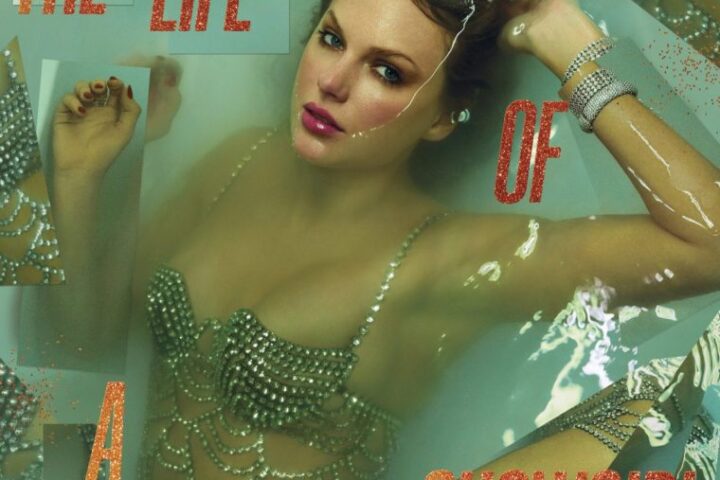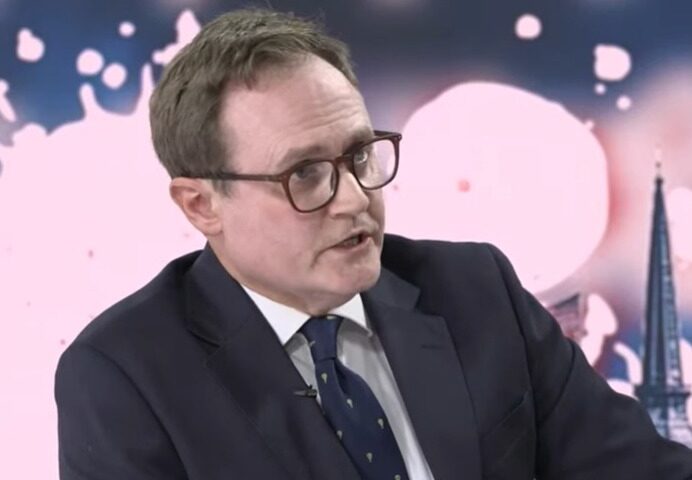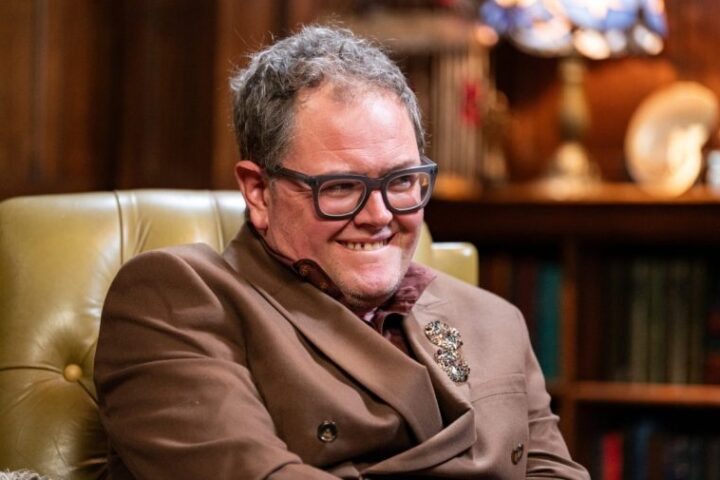Analysis: The notion of the soulmate reflects a persistent burning to stash fictions into our fantasies of love
Wuthering Heights, the immortal novel that troubled generations of Leaving Cert students, continues to disturbingly haunt cultural notions of love, obsession, and that tall, dark, brooding ‘One’ where “whatever our souls are made of, his and mine are the same“. Stephenie Meyer’s Twilight saga was inspired by, and consistently references, Wuthering Heights. E.L. James’s Fifty Shades of Grey, which originated as Twilight fanfiction, echoes Wuthering Heights’motifs. Even Sally Rooney’s Normal People evokes Brontë’s influence in the class-conscious, self-centred struggles between Connell and Marianne.
Over 175 years later, Bronte’s dark romance still refuses to slumber quietly, shaping our ideas of passion, inseparable loves and impossible desires. The notion of the soulmate lingers in culture and our emotional unconscious, reflecting a persistent burning to stash fictions into our fantasies of love. In chasing these shadows, we glimpse both the thrill and the peril of romanticised passion.
Soulmates may be the most dangerous concept swamping contemporary dating and love culture since apps colonised courtship. Like dating apps, soulmates are all symbols and no substance, abbreviated, imprecise, and profoundly immature. Soulmates are a fantasy, not a reality; an ideal worth understanding, but perilously treacherous to believe in. Nonetheless, soulmates are like emotional pornography. Why let unreality get in the way of a quick fantasy fix?
The language of soulmates is a siren’s call to destruction. You can admire them but never steer your emotional ship toward their enticing and allluring echoes. Cathy and Heathcliff can wander the moors eternally bound, because we never see them navigating the mundane but critical realities of relationships, such as IKEA lamps, householding and credit card bills.
Soulmates have always travelled the same path towards a destruction that freezes the ideal since Romeo and Juliet. Thank you, David Nicholls’ One Day. We used to idealise unconsummated love, but modern Connells and Mariannes definitely get it on, but without consummating an actual relationship into actually relating openly, honestly and sometimes ordinarily with each other. Remember that a relationship involves relating, actual meeting and talking, not texting or emoji-ing. Anything else is really only a ‘situationship’ with neither motion nor emotion.
Here, then, are 10 things to bear in mind with soulmates
(1) Intense feelings are intense because they’re fuelled by fantasy, not reality. Remember your feelings are yours, so own them. Get to truly know the other person. The more you do, the more they’ll collapse that fantasy, but the better chance you both will have of actually seeing each other.
(2) We all claim looks don’t matter, but they do, but each of us is drawn to our own kind of beauty, unless we’ve been brainwashed by society’s standards. Remember ‘tall, dark, and handsome’ all too often translates as selfish, vai and emotionally stunted. I always encourage ‘kind, curious and light humoured’.
(3) Chasing a soulmate who is “more myself than I am” carries a whiff of narcissism which often masks deep insecurity. Differences in relationships are healthy when they are compatible and complement/respect each other. Only through difference do we grow; sameness leaves us stuck unevolved, underdeveloped.
Everyone believes in one soulmate – until the relationship, affair or fantasy ends
(4) If you want a soulmate, then be a mate to your own soul; that part within that makes you you, get to know your soul, explore it, enjoy it, have your own relationship with yourself. Discover what you love and pursue your own hobbies and interests. Never hand someone else the job of caring for your soul; that way lies disappointment.
(5) Everyone believes in one soulmate, until the relationship, affair or fantasy ends. Then it’s either denial (‘they weren’t the one!’) or a new myth (two great loves per lifetime). Take a bow, Sex and the City’s Charlotte York. Life holds many people, many kinds of love and lovers, there is no one way or person.
(6) Soulmates hurt. Heathcliff destroyed the lives, loves and dreams of everyone around him. Connell and Marianne didn’t have to get their kink on to inflict pain. Those who cling to the “soulmate” ideal are often emotional masochists, indulging in la douleur exquise, the delicious pain of suffering. Life is for living, not enduring. If your ‘One’ is being mean, then that can only mean they aren’t meant for you.
From News at One, how sole mates and running clubs have become an alternative to dating apps
(7) It’s no accident that Wuthering Heights is dispensed to teenagers and that Normal People has young-adult protagonists. Only in youth and inexperience can we love so wildly, blindly, and naïvely. First loves should be joyous, messy, overwhelming, and necessarily embarrassing. Enjoy them, learn from them, then move on. In the long run, relationships across life are decathlons, not sprints.
(8) Romance is magical, but love is real. The soulmate idea often avoids reality, especially for the exhausted singles or the frustrated partnered. It can excuse and hide anything, from a hidden life with cats, to a disastrous affair justified as fate. After all who can say no to a soul-mate? “The One” becomes a treacherous carte blanche, a get-out-of-emotional-jail card that always comes at a cost and a long sentence.
The One is solitary, a sole mate. Keep on dreaming of them if you want to stay single and alone
(9) Focus more on the “mate” than the “soul,” and you may find a true lifelong companion. They might not be howling undying love at your window each night, but they’re more likely to offer a lasting partnership—or at least an honest ending. Passion fuels fleeting affairs; friendship sustains real relationships.
(10) The One is solitary, a sole mate. Keep on dreaming of them if you want to stay single and alone.















